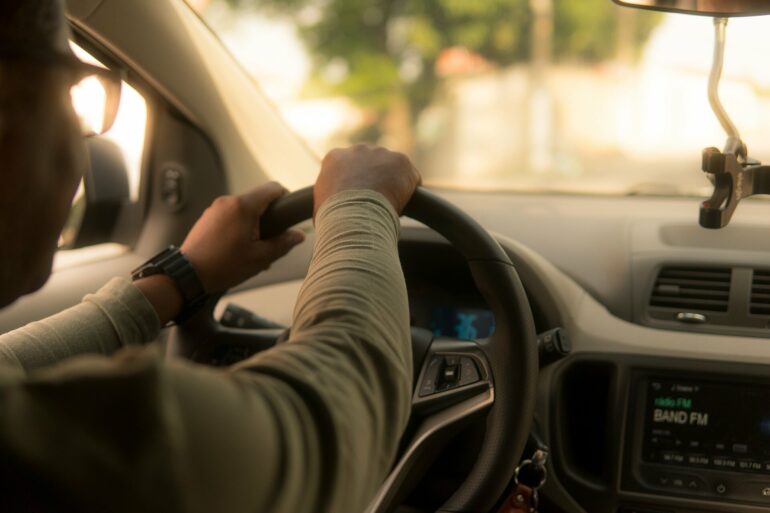Platforms that offer rides to passengers, such as Uber and DiDi, thrive on socio-economic inequality. By modeling the behavior of passengers and self-employed drivers, researchers of TU Delft simulated the market for ridesourcing platforms, evaluating a broad spectrum of (in)equality levels in societies.
It explains why in some cities ridesourcing services can be big players in the mobility system, while in other cities they don’t get off the ground. The research was published in Scientific Reports recently.
What if everybody had the same income? Or what if almost all money was held by one person? With these extremes of (in)equality, TU Delft researchers simulated the market for ridesourcing platforms, such as Uber or DiDi. They uncovered a compelling relationship between socio-economic inequality and the market share of the platforms. Oded Cats, professor of Passenger Transport Systems said, “These extremes help contextualize real-world dynamics, where all societies worldwide fall somewhere in between.”
To move towards a sustainable urban mobility system, new designs prioritize the enhancement of public transport. Understanding how to reinforce public transit and improve access to public transport hubs for passengers is crucial.
“In cities like Amsterdam, with relatively low inequality, short travel distances and well-established bicycle and public transport networks, Uber is unlikely to flourish,” researcher Arjan de Ruijter explains. “Therefore, transport authorities in such cities should rather focus on providing shared bikes and scooters to improve station access.”
Conversely, in cities marked by significant inequality, like Johannesburg or Rio de Janeiro, Uber-like ridesourcing platforms thrive. Various explanations, taking into account driver’s and passenger’s behavior, emerge in the study. The platform capitalizes on a workforce willing to accept lower wages, leading to a service with limited waiting times for passengers. Moreover, it acknowledges the demand for mobility on demand among the affluent segments of unequal societies, willing to pay for a premium-like service.
These insights can explain and predict the potential dominance of Uber-like services in the design of a mobility system. Adding to that, it provides guidance for designing inclusive mobility systems and assessing the necessity for regulatory measures.
De Ruijter observed how these platforms adapt their strategies based on inequality. “In a society with high inequality, companies can charge higher commissions to drivers, as drivers have limited alternative labor opportunities.”
Cats adds, “On the other hand, in societies with low inequality, all else being equal, pricing strategies must attract more selective job seekers, resulting in lower commission rates.” This illustrates the interplay between socio-economic factors and the viability of ridesourcing platforms.
Because of the lack of data on ridesourcing market shares in different cities, the researchers decided to model the behavior of the key players in the market and experiment with different market settings.
Their model may also be useful in investigating inequality effects in meal and grocery delivery markets, provided by platforms such as Just Eat Takeaway and Getir. These service-platforms also seem to flourish on a group of relatively affluent users willing to pay for service, and a group of drivers willing to do low-wage work.
More information:
Arjan de Ruijter et al, Ridesourcing platforms thrive on socio-economic inequality, Scientific Reports (2024). DOI: 10.1038/s41598-024-57540-x
Provided by
Delft University of Technology
Citation:
Ridesourcing platforms thrive on socio-economic inequality, say researchers (2024, April 26)
